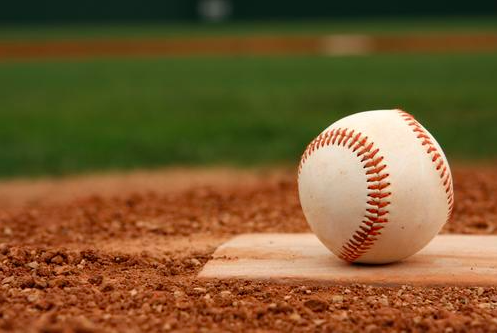In the realm of sports memorabilia, authenticity reigns supreme. Whether you are a die-hard fan looking to add a cherished piece to your collection or an investor seeking value, verifying the genuineness of sports collectibles is paramount. With the market flooded with replicas and counterfeits, distinguishing between the authentic and the fake requires a keen eye and attention to detail. First and foremost, when acquiring sports memorabilia, always seek reputable sources. Established dealers, auction houses, and licensed retailers offer a layer of assurance regarding authenticity. Researching the seller’s reputation and verifying their credentials can significantly mitigate the risk of purchasing counterfeit items. Additionally, certifications from recognized authentication companies, such as PSA/DNA Professional Sports Authenticator, Beckett Authentication Services, or JSA James Spence Authentication, provide tangible evidence of legitimacy. These companies employ experts who meticulously examine items, employing various methods such as signature verification, hologram authentication, and forensic analysis to ensure authenticity.
Examining the physical characteristics of the collectible is another crucial step in the authentication process. Genuine sports memorabilia often bears marks of authenticity, such as manufacturer logos, player signatures, or unique identifiers. Paying close attention to the quality of materials, craftsmanship, and any imperfections can offer insights into the item’s legitimacy. For instance, official jerseys typically feature embroidered logos and stitched lettering, while replica jerseys may have screen-printed designs. Similarly, scrutinizing the clarity, consistency, and placement of autographs can reveal whether they were penned by the actual athlete or a forger. Furthermore, conducting thorough research on the specific item in question can provide valuable context and validation. Familiarize yourself with the history, production methods, and distinguishing features of the collectible. Utilize resources such as official team websites, sports memorabilia databases, and collector forums to corroborate the item’s authenticity. Comparing the item to authenticated examples or consulting experts in the field can offer additional validation and peace of mind.
 In the digital age, technology has become an indispensable tool in verifying sports collectibles. Utilize online databases and authentication services offered by reputable companies to cross-reference serial numbers, holograms, or other identifying markers. Additionally, leveraging smartphone apps equipped with image recognition technology can help authenticate autographs by matching them to known signatures in databases. However, it is essential to exercise caution when relying solely on technology, as counterfeiters are becoming increasingly sophisticated in replicating authenticity markers. Beyond the initial acquisition, preserving the integrity of sports memorabilia is essential for maintaining its authenticity and value over time. Proper storage, display, and documentation are critical aspects of responsible ownership. Store items in archival-quality sleeves, cases, or display frames to protect them from damage, dust, and moisture. Keep detailed records of purchase receipts, certificates of authenticity, and any relevant documentation to establish provenance and ownership history. Additionally, periodically reassessing the condition and authenticity of your collection ensures its long-term value and integrity.
In the digital age, technology has become an indispensable tool in verifying sports collectibles. Utilize online databases and authentication services offered by reputable companies to cross-reference serial numbers, holograms, or other identifying markers. Additionally, leveraging smartphone apps equipped with image recognition technology can help authenticate autographs by matching them to known signatures in databases. However, it is essential to exercise caution when relying solely on technology, as counterfeiters are becoming increasingly sophisticated in replicating authenticity markers. Beyond the initial acquisition, preserving the integrity of sports memorabilia is essential for maintaining its authenticity and value over time. Proper storage, display, and documentation are critical aspects of responsible ownership. Store items in archival-quality sleeves, cases, or display frames to protect them from damage, dust, and moisture. Keep detailed records of purchase receipts, certificates of authenticity, and any relevant documentation to establish provenance and ownership history. Additionally, periodically reassessing the condition and authenticity of your collection ensures its long-term value and integrity.
